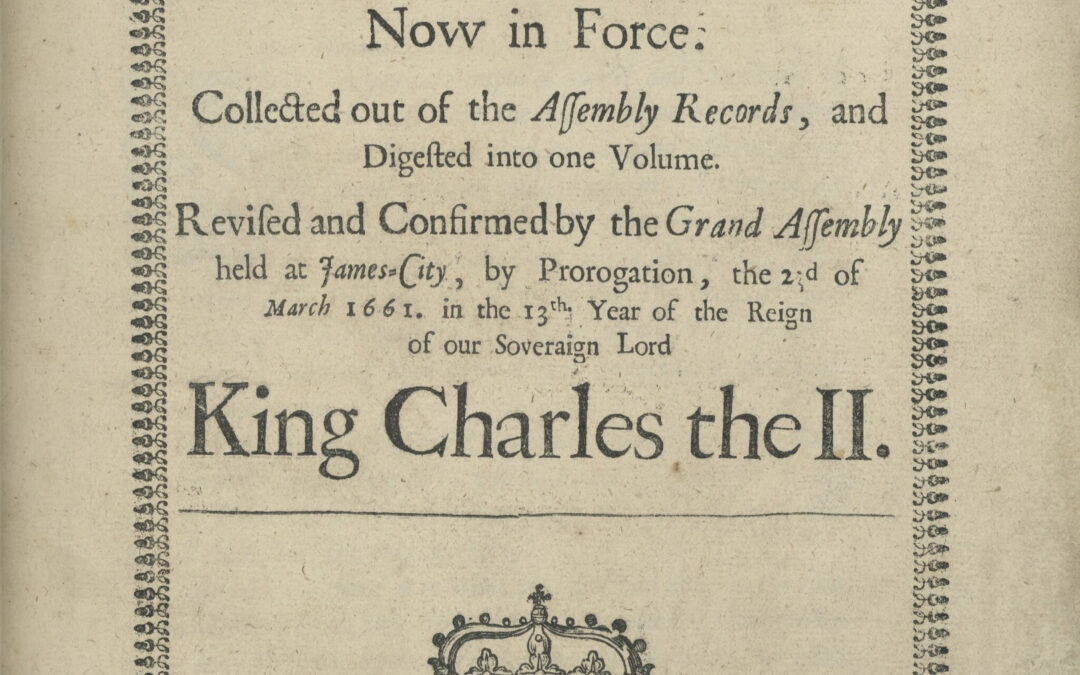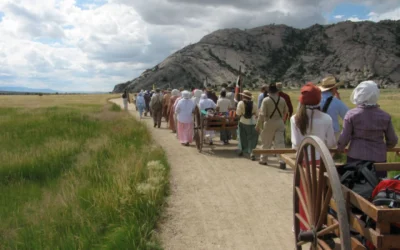Genealogical research has been a rewarding journey for me, requiring a combination of passive and active research techniques. While passive methods such as navigating online databases and family trees provide valuable information, active techniques like visiting archives and interviewing relatives offer a more hands-on approach to uncovering my family history. In this blog post, I’ll explore the importance of both passive and active research in genealogy and how they work together to create a comprehensive picture of my lineage.
Genealogy involves piecing together the puzzle of my family history, requiring patience, kindness, tenacity, and a strategic approach. By combining passive and active research methods, I can uncover stories, connections, and insights that bring my ancestry to life. Passive techniques often serve as the starting point, allowing me to gather foundational information from the comfort of my desk. Once this groundwork is laid, active research techniques come into play, offering the opportunity to delve deeper into family stories and uncover new layers of history.
The balance between passive and active research methods has been crucial in my genealogy journey. Each approach has its strengths, and together they provide a comprehensive toolkit for unraveling family history. Whether you are just beginning your genealogical journey or you are a seasoned researcher, embracing both techniques can lead to a more enriching and successful exploration of your ancestry.
Ten Passive Approaches to Research

An example of passive research: Using a website such as Ancestry.com
- Online databases like Ancestry.com, FamilySearch, and MyHeritage offer vast collections of records from around the world. These platforms allow me to access birth, marriage, and death records, among other vital documents, from the comfort of my home office.
- Indexes and catalogs further streamline this process by helping me locate records within larger collections, making it easier to find specific information quickly.
- Family trees shared by other researchers can provide valuable clues and connections that might not be immediately apparent. These trees often include documentation and sources, allowing me to verify the information and add it to my own research.
- DNA tests have become an increasingly popular passive research tool, offering insights into my genetic heritage and potential connections with distant relatives.
- Obituaries and census records are rich sources of genealogical information. Obituaries often include clues about family members, locations, and personal achievements, while census records provide a snapshot of an ancestor’s life at a particular time, including their occupation, residence, and household members.
- City directories and cemetery searches can also reveal important details about ancestors’ lives and final resting places, adding depth to the historical narrative. Find-A-Grave and Billion Graves are two go-to’s I rely upon for passive cemetery research.
- Historical newspapers are a treasure trove of information, offering insights into the social and cultural context in which my ancestors lived. Articles, advertisements, and announcements can reveal details about their daily lives, significant events, and community involvement.
- Ancestry.com hints and similar features on other platforms suggest potential matches for records, saving me time and offering new avenues for exploration.
- Genealogy Software Programs: Using genealogy software programs like RootsMagic or Family Tree Maker allows me to organize my research, manage sources, and create detailed family trees. These tools often have features that integrate with online databases to streamline my research process.
- Historical Documentaries and Films: I enjoy watching historical documentaries and films to gain a better understanding of the social and cultural contexts in which my ancestors lived. These visual resources provide insights into historical events and daily life, helping me imagine the world my family members experienced. This background knowledge often helps me make connections and develop a more comprehensive view of my family history.
Ten Active Research Techniques

An example of active research: Interviewing a relative
- Visiting local archives and libraries can yield primary sources like original documents, photographs, diaries, manuscripts, and letters that provide a direct connection to the past. These visits can also unearth unique materials that may not be available online, such as manuscripts or rare books. They are also an opportunity to build a rapport with the archivists and librarians.
- Interviewing Relatives and Encouraging DNA Testing: Interviewing relatives is an invaluable way to gather personal stories and anecdotes that enrich my family history. These conversations can reveal details not recorded in official documents, providing a personal touch to my research. In addition to interviews, encouraging relatives to participate in DNA testing can uncover genetic connections and confirm relationships, offering new avenues to explore family links. Together, these efforts help paint a fuller picture of my family’s past and open up possibilities for discovering previously unknown relatives.
- Analyzing primary sources such as letters, diaries, and legal documents allows me to piece together a more detailed picture of my ancestors’ lives and the challenges they faced.
- Joining and Volunteering in Genealogical Societies: Joining and volunteering with genealogical societies offers me the opportunity to learn from experts, share experiences with fellow researchers, and gain access to specialized resources. These societies often provide exclusive records and materials, and being actively involved allows me to contribute to preserving community history. The sense of community and collaboration fostered in these societies is invaluable, helping me overcome research roadblocks and develop new insights into my family history.
- Conducting land record searches and utilizing social media for connections can help me trace property ownership and family movements over time.
- Collaborating with other researchers can lead to new discoveries and provide different perspectives on challenging research questions. In Kentucky, I’ve found doing the descendancy research necessary to identify 2nd, 3rd, and 4th cousins is critical to help me reach out to these kinfolk and share and learn from one another.
- Traveling to ancestral locations allows me to experience the places where my ancestors lived, worked, and thrived. This immersive approach provides context and can uncover additional records or insights not accessible remotely. Often times I’ve found my ancestors will bring me to places I need to see or experience with my own eyes.
- Engaging in genealogy forums and message boards like the Kentucky Genealogical Society’s Front Porch Talks or Chat Rooms connects me with a global community, offering support, advice, and the sharing of resources and expertise.
- Creating a Family History Book: I enjoy compiling my research into a family history book by writing narratives, organizing documents, and sharing my findings with family members. This active process helps me solidify my research and creates a lasting legacy for future generations. It also encourages me to think critically about the information I’ve gathered and how best to present it.
- Participating and/or Organizing Family Reunions: Participating and/or organizing family reunions provides a unique opportunity to gather family members together to share stories, photographs, and documents that can enrich my genealogical research. These events allow me to connect with relatives, exchange information, and collaborate on family history projects. By bringing multiple generations together, reunions create an environment where I can verify family legends, fill in gaps in my research, and discover new connections. They also encourage younger family members to engage with their heritage, fostering a sense of continuity and shared history. Additionally, family reunions can be an excellent time to conduct group DNA testing, enhancing our understanding of genetic links and ancestry.
Bringing It All Together
The true essence of successful genealogical research lies in harmonizing both passive and active techniques. By tapping into online resources and databases, while also immersing myself in hands-on research, I can unearth hidden gems and unravel long-standing family mysteries. Each method enhances the other, and integrating a diverse range of techniques allows me to weave a rich, multifaceted framework of my family’s history.
Genealogical research is not just about tracing roots—it’s about preserving and celebrating a family’s legacy. By embracing both passive and active approaches, researchers can create a compelling narrative that honors past generations and provides a meaningful story for future ones. As I continue this journey, I stay curious, tenacious, and passionate about uncovering the stories that define my family’s unique heritage. Each discovery I make adds a new chapter to a living history that bridges the past with the present and shapes the future.





